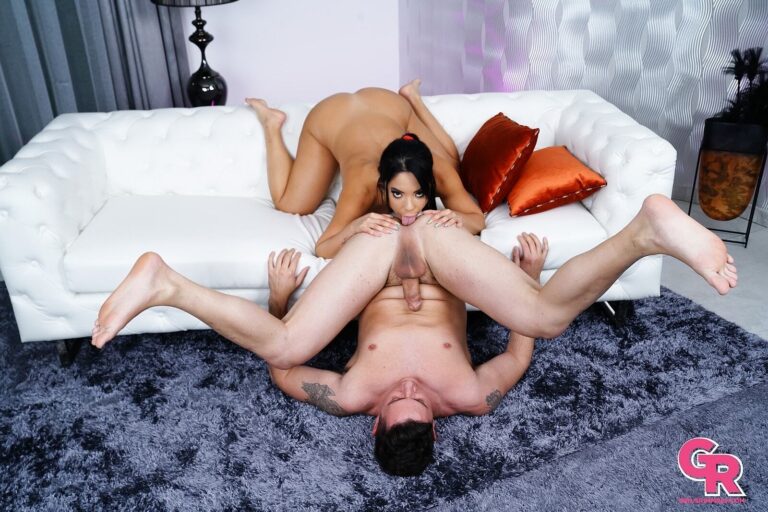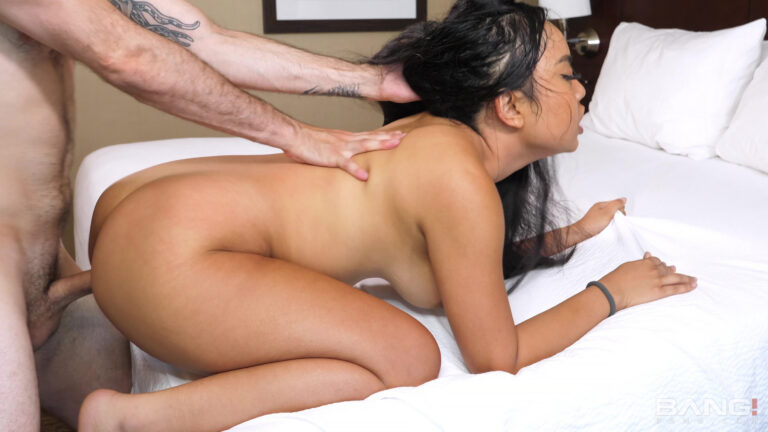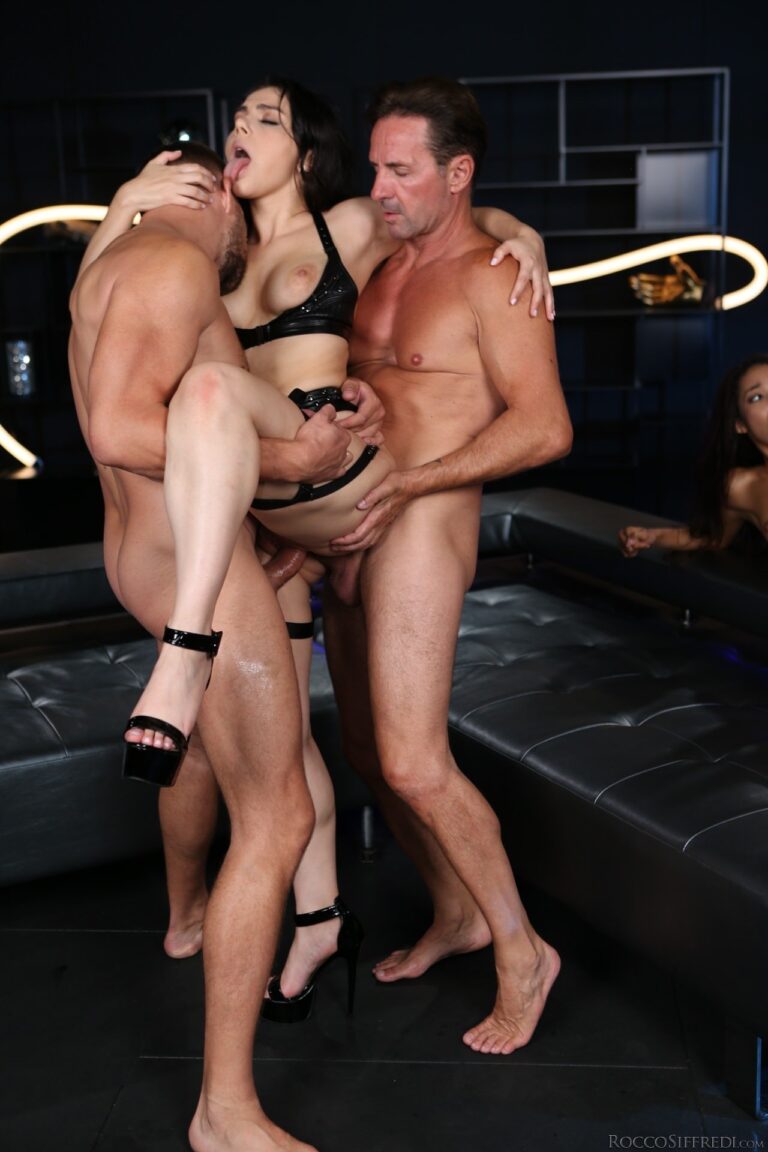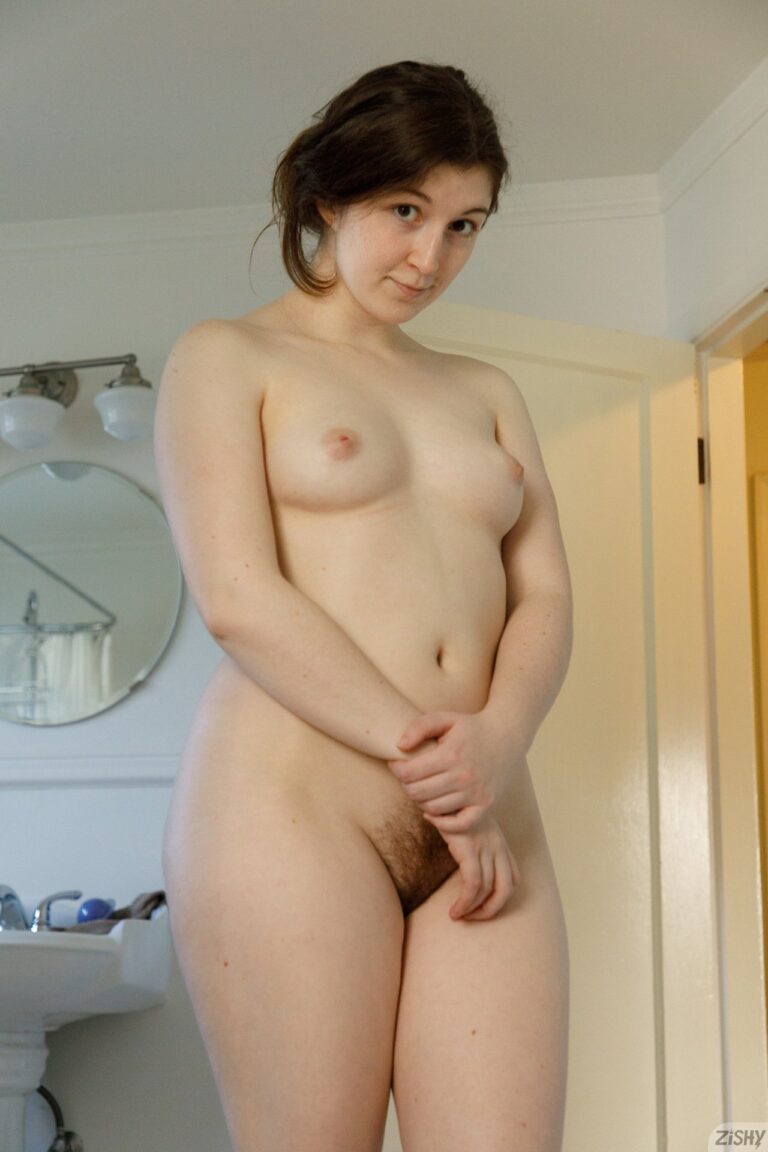The Evolving World of Erotic Literature: From D.H. Lawrence to Fifty Shades of Grey
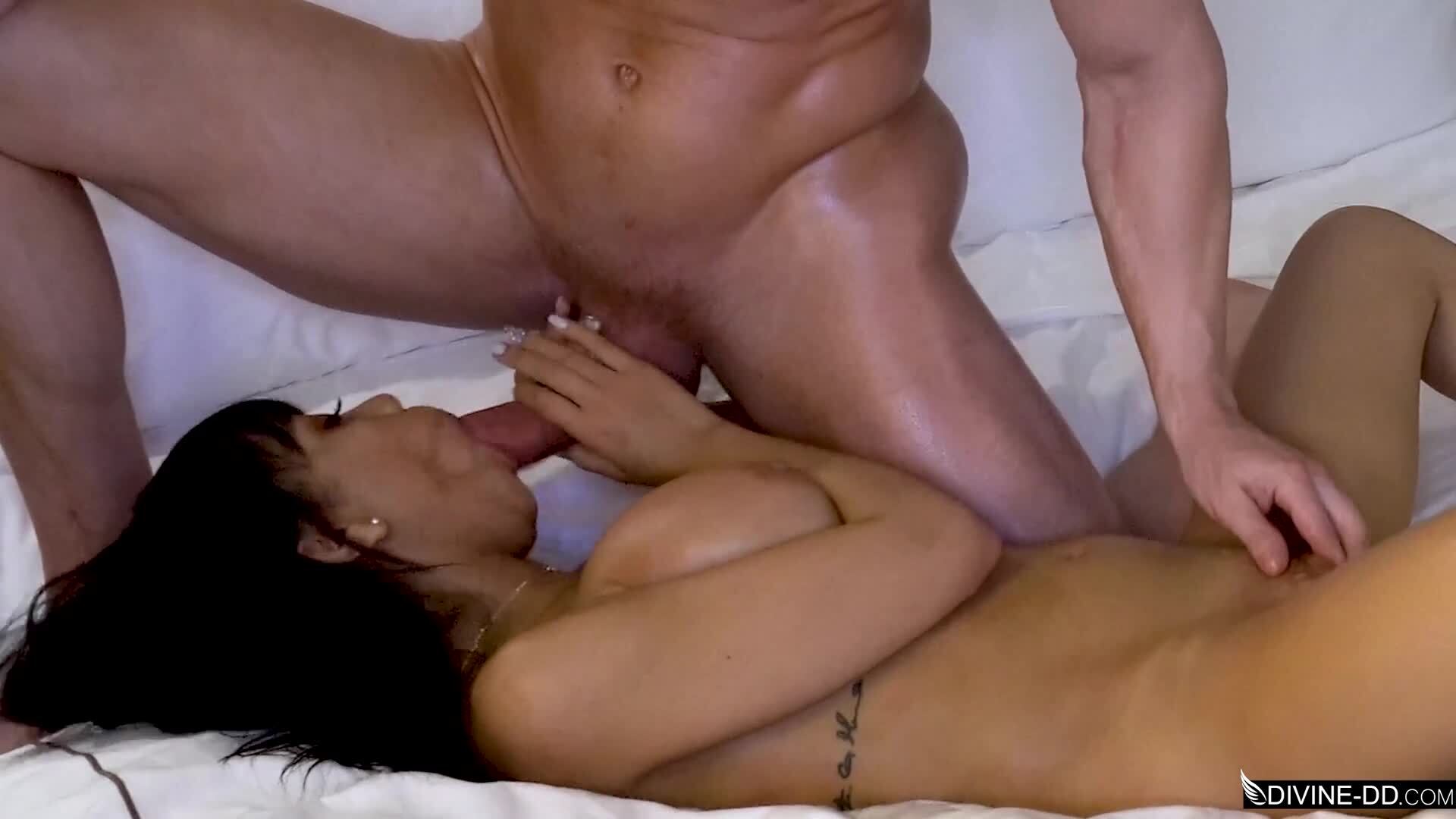
Erotic literature has been a part of human culture for centuries, from the ancient Greek texts of Sappho to the steamy romance novels of today. But what is it about this genre that continues to captivate readers, and how has it evolved over time?
To begin with, it’s important to define what we mean by “erotic literature.” At its core, erotic literature is writing that is intended to arouse the reader sexually. This can take many forms, from graphic descriptions of sexual acts to more subtle hints and innuendos.
One of the earliest examples of erotic literature in the English language is D.H. Lawrence’s “Lady Chatterley’s Lover,” published in 1928. The novel caused a scandal at the time due to its explicit descriptions of sex and its frank portrayal of an extramarital affair. However, it also helped to pave the way for a more open and honest discussion of sexuality in literature.
In the decades that followed, erotic literature continued to evolve and expand. The 1960s and 70s saw the rise of “pulp fiction” novels, which often featured racy cover art and salacious storylines. These books were designed to be cheap and disposable, and they often dealt with taboo subjects such as bondage and domination.
Today, erotic literature has become more mainstream than ever before. The “Fifty Shades of Grey” trilogy, published in 2011, brought the genre to an entirely new audience, selling over 100 million copies worldwide. The books, which follow the relationship between a young woman and a wealthy businessman with a penchant for BDSM, have been criticized for their poor writing and clichéd plotlines. However, they have also been credited with helping to normalize conversations around sexuality and consent.
So why does erotic literature continue to captivate readers? For some, it’s simply a matter of pleasure and escapism. Reading about steamy encounters and fantasizing about fictional characters can be a thrilling and enjoyable experience. For others, erotic literature can serve as a way to explore their own sexuality and desires in a safe and private space.
But it’s not just individuals who are embracing erotic literature. The genre has also become a popular subject of academic study, with porn tube videos scholars analyzing its historical significance and cultural impact. In recent years, there has been a growing recognition of the value of erotic literature as a form of artistic expression, with many writers and publishers working to elevate the genre and challenge stereotypes.
Of course, like any form of media, erotic literature is not without its controversies. Some argue that it can perpetuate harmful stereotypes and contribute to the objectification of women. Others worry about the potential for exploitation and the impact that explicit content can have on young people.
However, as the genre continues to evolve and expand, it’s clear that erotic literature is here to stay. Whether it’s through traditional novels, online stories, or other forms of media, there will always be a place for writing that explores the complexities and nuances of human sexuality.
In conclusion, the world of erotic literature has come a long way since the days of D.H. Lawrence. From pulp fiction novels to bestselling trilogies, the genre has continued to evolve and adapt to the times. While it may not be everyone’s cup of tea, there’s no denying the power of a well-written erotic story to captivate and inspire readers.
